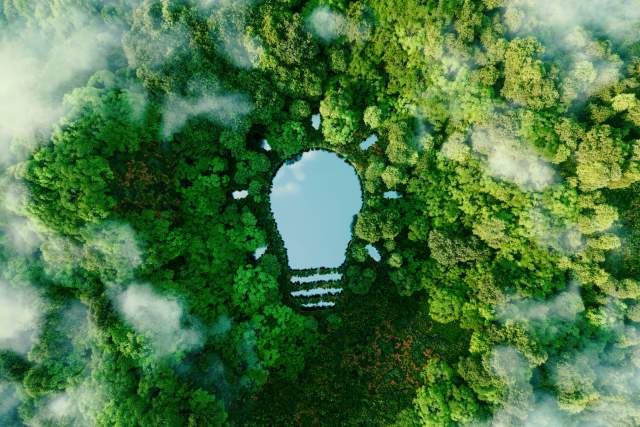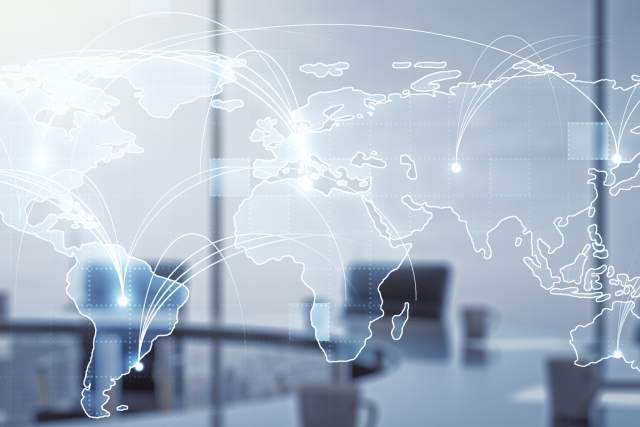Ever since the United Nations started publishing population figures, about 75 years ago, the top of the tables has been boringly the same: China at #1, India at #2. But last week, the UN declared that a historic change was imminent: that India’s population was expected to reach 1,425,775,850 in a matter of days, which meant it would match—and then surpass—China’s population.
The UN understandably hedged this declaration in saying “expected,” because no entity can tally with sufficient precision the exact population of large countries—particularly for India, where an official nationwide census has not been completed since 2011. But data issues aside, India becoming the world’s most populous country is another marker of the country’s continued ascent that has been unfolding over the past third of a century.
From the time of India’s independence in 1947 until around 1990, the country’s economic policies were highly protectionist—both internally and externally. High import tariffs and other nontariff barriers; substantial domestic regulations, sometimes summarized as “the license Raj regime,” which inhibited new-business startups and other forms of creative destruction across almost all industries; lots of labor-market barriers—this thicket of policies that constrained market forces resulted in very low rates of economic growth, and thus very little progress alleviating poverty and other such benefits of growth. Indeed, scholars around the world came to conclude that a “Hindu rate of growth” meant India was inherently consigned to such stagnation.
But then a fiscal and balance-of-payments crisis in 1991 sparked change. Financial assistance from the World Bank and the International Monetary Fund came with conditions that India begin to open its economy to more international and domestic competition. Since then, the myth of the Hindu rate of growth has been rightly replaced with much faster economic growth—and thus material improvement in living standards in lots of ways.
[M]uch of [India’s] progress has been driven by global engagement through international trade and investment. Today, cities such as Bangalore and Hyderabad are home to numerous India-based multinational companies.
Since 1991, India’s per capita income has risen more than sevenfold, and its life expectancy has risen by more than 10 years. The national poverty rate fell from 55.1 percent in 2005–06 to 16.4 percent in 2019–21. Here in 2023, India’s gross domestic product is projected to grow by 6.3 percent, which would be one of the fastest of any country.
As was the case for China, so with India much of this progress has been driven by global engagement through international trade and investment. Today, cities such as Bangalore and Hyderabad are home to numerous India-based multinational companies—and continue to attract inbound investment by the world’s leading technology and services companies. Microsoft, whose CEO, Satya Nadella, grew up in Hyderabad, employs 18,000 people in the country. It was fitting that India’s demographic milestone has broadly coincided with a commercial one: on April 18, Apple opened its first store in the country, in Mumbai—followed by its second store, in Delhi, two days later.
India has also taken important steps to bolster its infrastructure—both physical and digital. Fifteen cities now have subway systems, with many more under construction, and the rail system is in a constant state of modernization. A symbol of more to come is a high-speed train that will run between Mumbai and Ahmedabad, which will reduce travel time from seven hours to two. On the digital side, we have written previously about aadhaar, a biometric database sponsored by India’s federal government. Nearly 100 percent of the country’s adult population is enrolled today, which presents opportunities for more-efficient public services and investments throughout the country.
India’s economic successes in recent decades have been many. But despite all this, overall, relative to much of the world, it remains a poor country that faces substantial challenges. Yes, per capita income has risen over sevenfold since 1991. But in levels measured at market exchange rates, the 2022 GDP per capita in India was still only about $2,500—only about one-fifth China’s level of about $13,000, and only about one-thirtieth the level in the United States.
India’s economic successes in recent decades have been many. But despite all this, overall, relative to much of the world, it remains a poor country that faces substantial challenges.
One of the challenges remains education and labor-force participation. Education, particularly of girls, remains below many global benchmarks. Fewer than half of fifth-grade children have the reading competency of a second-grader. Only 23 percent of women are in the formal workforce, according to the World Bank. As much as 90 percent of the workforce operates outside the formal economy.
And although India’s population continues to grow, that rate of growth has been decelerating. The country’s fertility rate is now below the replacement rate of 2.1; by 2047 its population is projected to start declining. India is far from alone in this challenge. But a slowly growing population will increasingly present new economic pressures that include slower growth in overall output and thus in tax revenues to support public investments and social safety nets.
India’s economic progress has achieved much. But whether past is prologue will depend on whether it continues to pursue policies that raise labor productivity—i.e., on whether it continues to integrate into the global economy, to permit greater domestic competition, to boost childhood education, and to expand and modernize public infrastructure. Without this policy persistence, India becoming the world’s most populous country will be notable but will not help fully realize what then Prime Minister Jawaharlal Nehru envisioned in his speech on the eve of India’s independence: “the greater triumphs and achievements that await us.”

